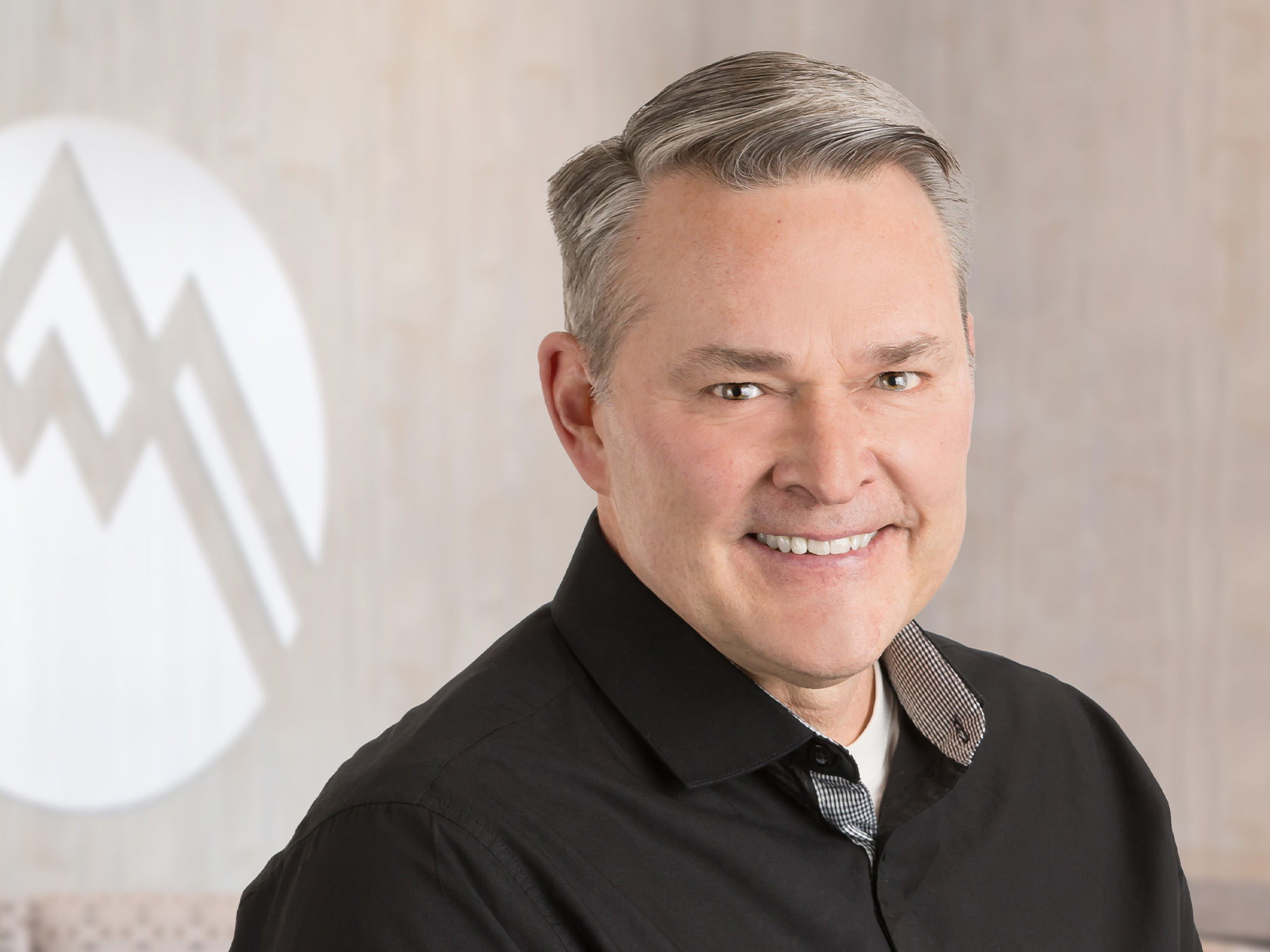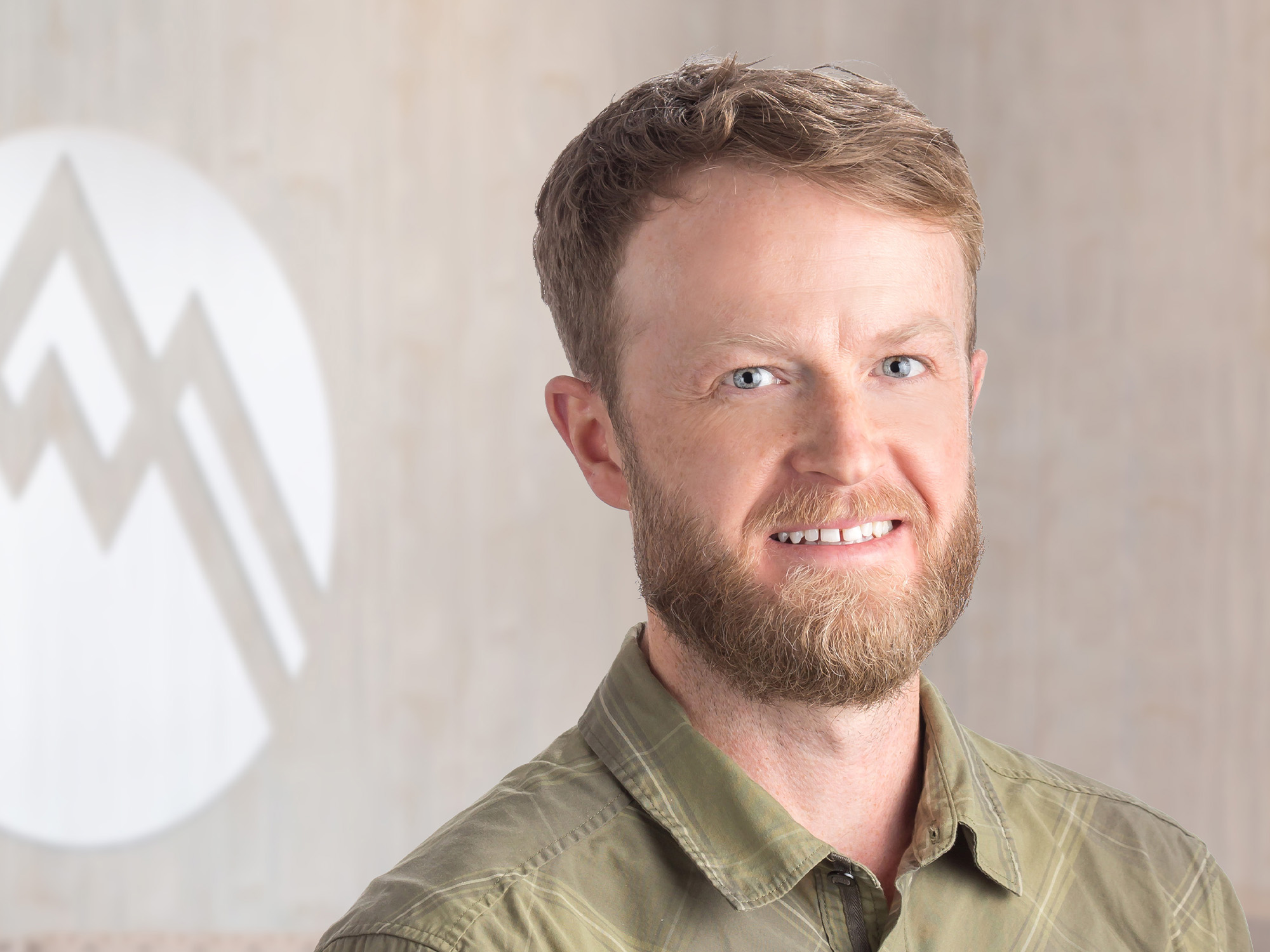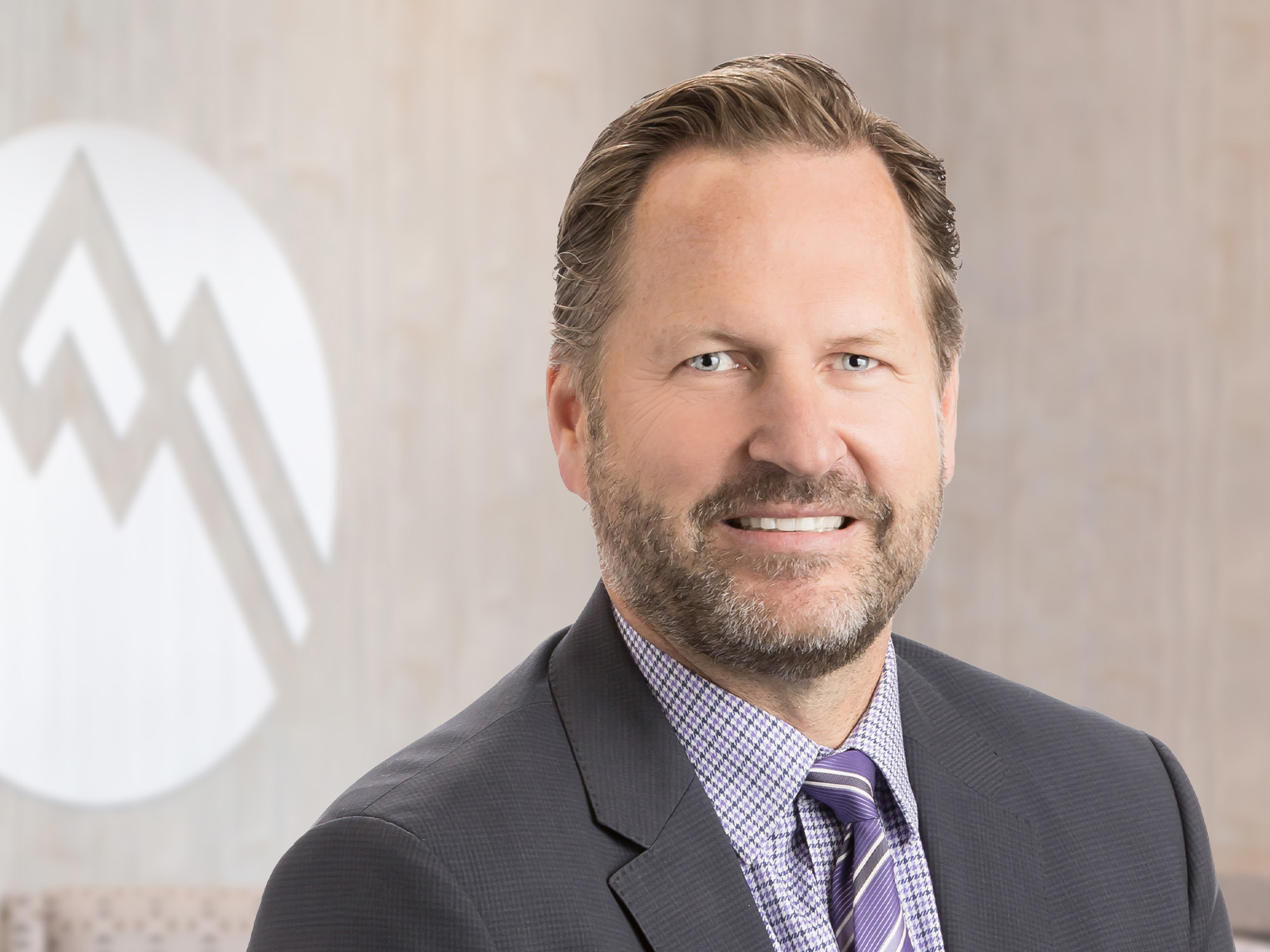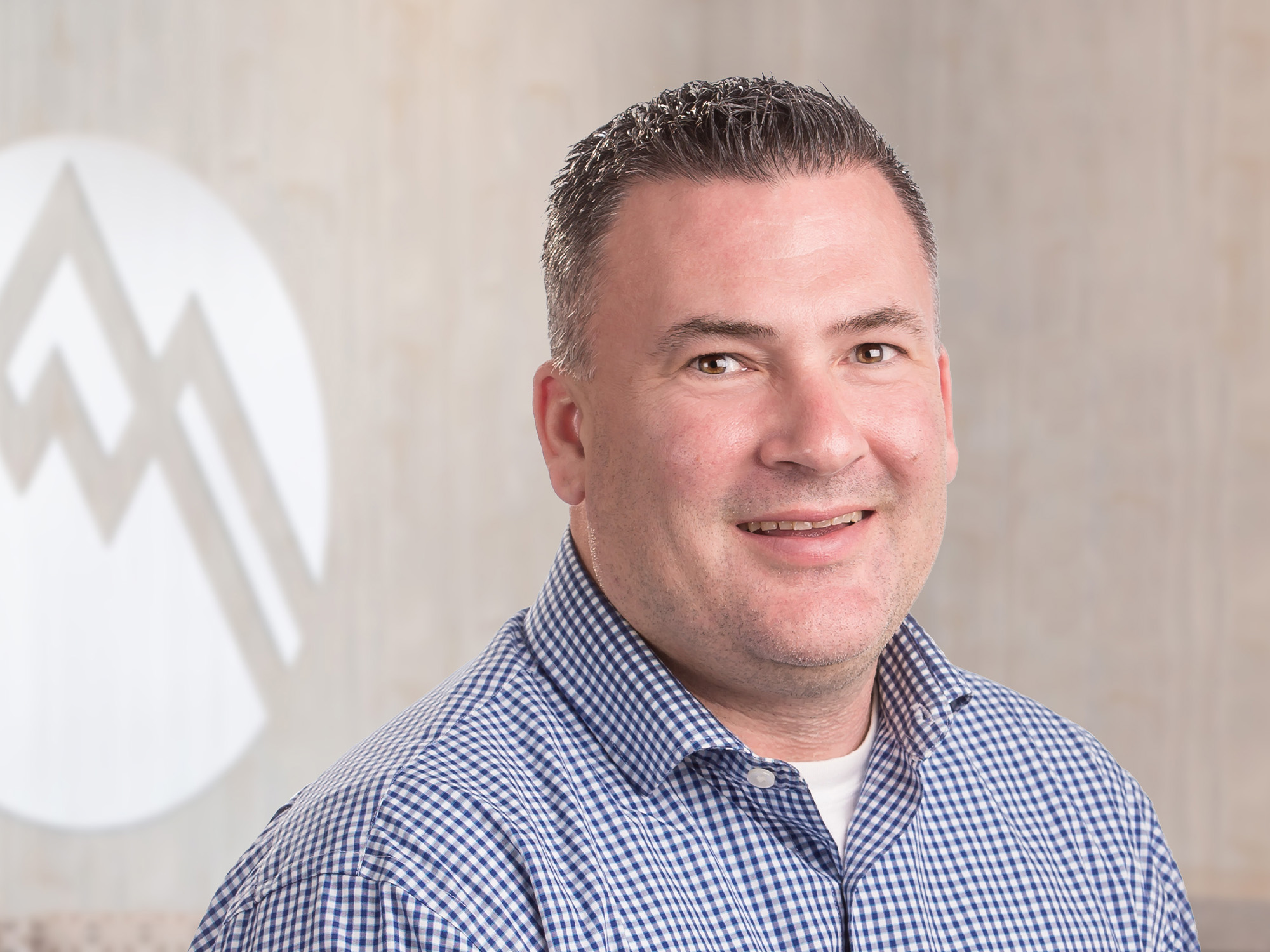We have some simple tips anyone can follow to keep shoulder muscles strong and shoulder joints flexible.
Quite often, you probably reach for an object on a high shelf, hold up a hair dryer at the perfect angle, scoop a toddler into the air, or swing a golf club without giving a thought to the shoulders that make these motions possible. Flexible shoulder joints contribute to your overall body strength and decrease the load that your bones, ligaments and joints have to bear.
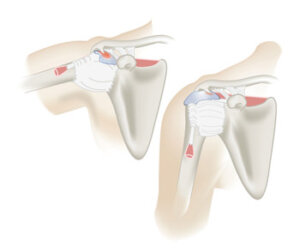
The shoulder is a ball-and-socket joint. The ball-like head of your humerus (long bone of your upper arm) is twice the size of the shallow shoulder socket into which it fits, making the joint mobile, but unstable. Its movement and stability relies on the four muscles that make up your rotator cuff. Rotator cuff muscles originate on your shoulder blade and insert, or connect, as a tendon on the humerus in your upper arm. Ligaments in your shoulder and the rotator cuff muscles provide shoulder stability by holding the ball portion of the joint in the deepest, widest area of the socket.
Some repetitive motions increase rotator cuff stress and may lead to injury. Actions that make your shoulders more prone to injury include the overhead-throwing motions found in sports including baseball, football, tennis, volleyball, and competitive swimming, and in professions including construction, hair styling, and painting.
There are some simple steps you can take to avoid placing extra stress on your shoulders:
- Pay attention to your posture. During sleep, lay either on your back or side.
- When you sit, keep your head over your shoulders and keep your shoulders back.
- Don’t carry a backpack or purse over just one shoulder.
- Avoid working with your arms above shoulder level for very long. When possible, use a foot stool or ladder to lessen the strain on your shoulders.
- Lift and carry objects close to your body. Try not to lift heavy loads with outstretched arms.
- Take regular breaks from any activity you must repeat over and over again.
- Keep your thumb up when you reach for something with your arm.
In addition to good habits, exercise to strengthen and stretch the muscles and tendons of your shoulder joint benefits you two ways: conditioned muscles help reduce shoulder injury and improve shoulder performance.
Exercises to stretch your shoulder include:
- Stretching the back of your shoulder
- Hand-up-your-back stretch
- Wall stretches
Exercises to strengthen your shoulder include:
- Internal and external rotation exercises
- Wall push-ups
- Arm reaches
With a little attention to habits and exercise, your shoulders will thank you.
Summit Orthopedics offers comprehensive sports medicine expertise
From Olympians to pro athletes to kids in youth sports and those that just want to be more active—Summit Orthopedics delivers expert care by fellowship-trained sports medicine physicians. If you are recently injured or concerned about ongoing pain, Summit Orthopedics sports medicine specialists have the expertise to evaluate your discomfort and develop a plan to quickly and safely help you get back to being active.
Start your journey to stronger, healthier athletic condition. Find your sports medicine expert, request an appointment online, or call us at (651) 968–5201 to schedule a sports medicine consultation.
Summit has convenient locations across the Minneapolis-St. Paul metro area, serving Minnesota and western Wisconsin. We have state-of-the-art centers for comprehensive orthopedic care in Eagan, MN, Plymouth, MN, Vadnais Heights, MN, and Woodbury, MN, as well as additional community clinics throughout the metro and southern Minnesota.
More resources for you
- Ask Dr. Warner: When Should I See A Doctor For Shoulder Pain?
- Recovering From A Dislocated Shoulder
- Research Compares Non-Surgical Treatments For Shoulder Pain


